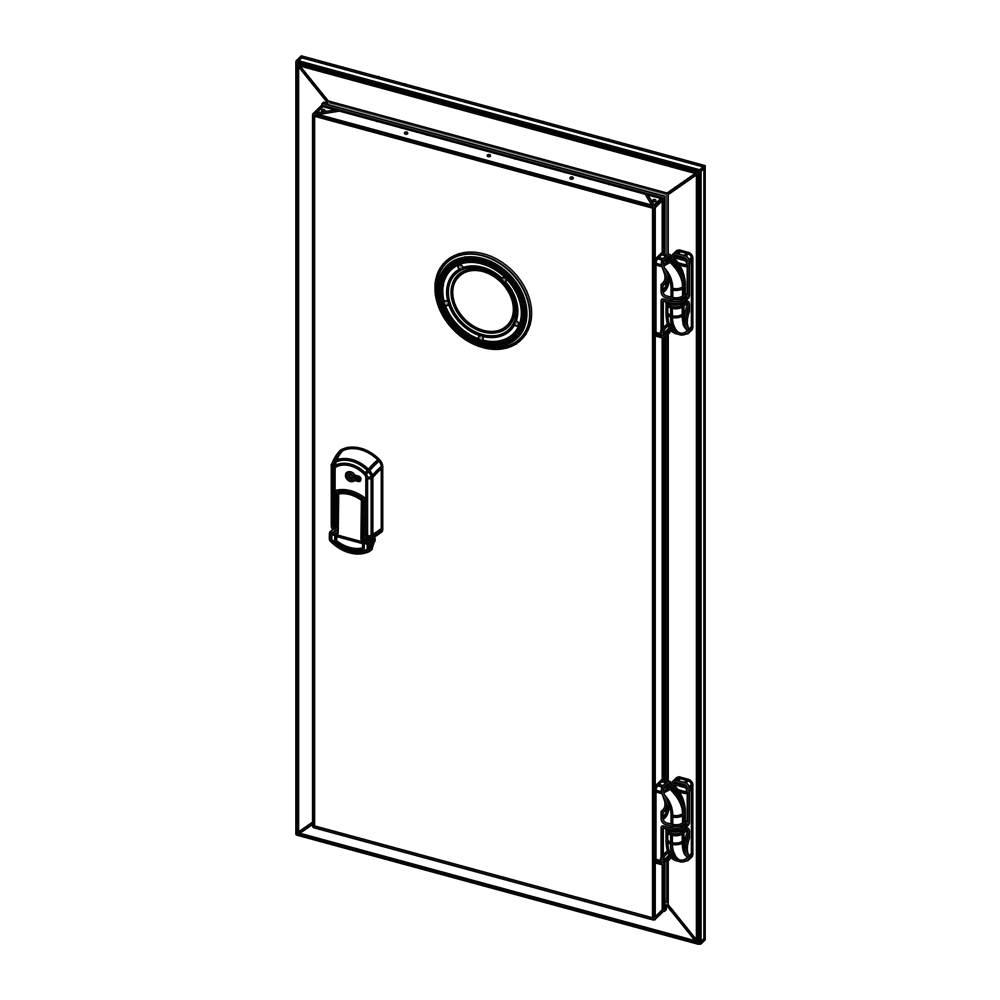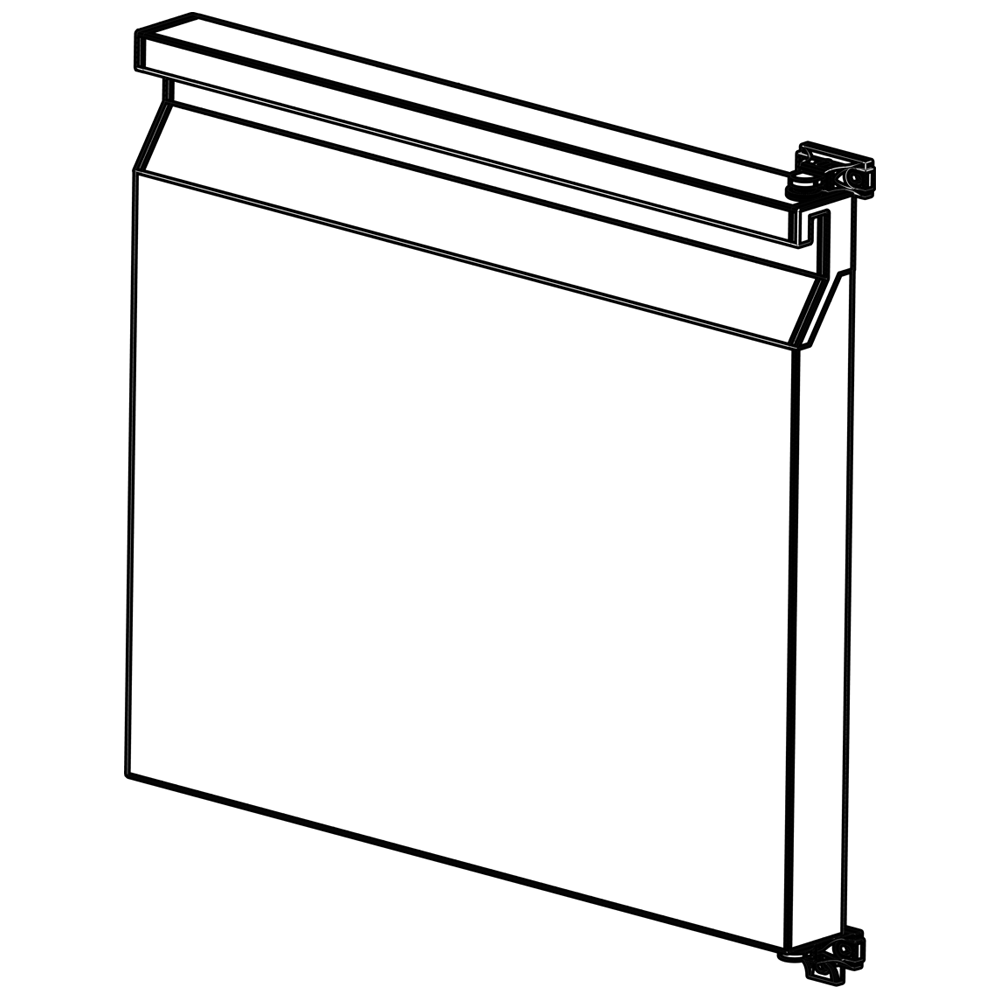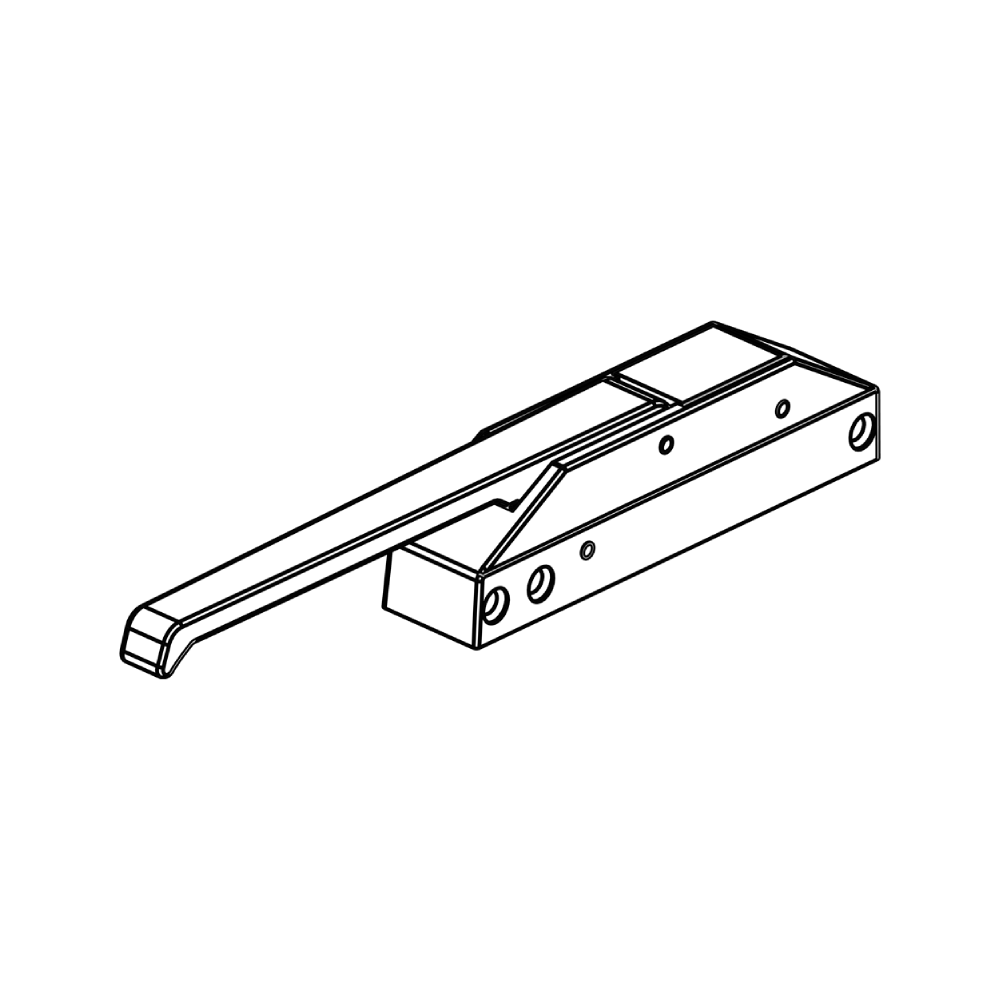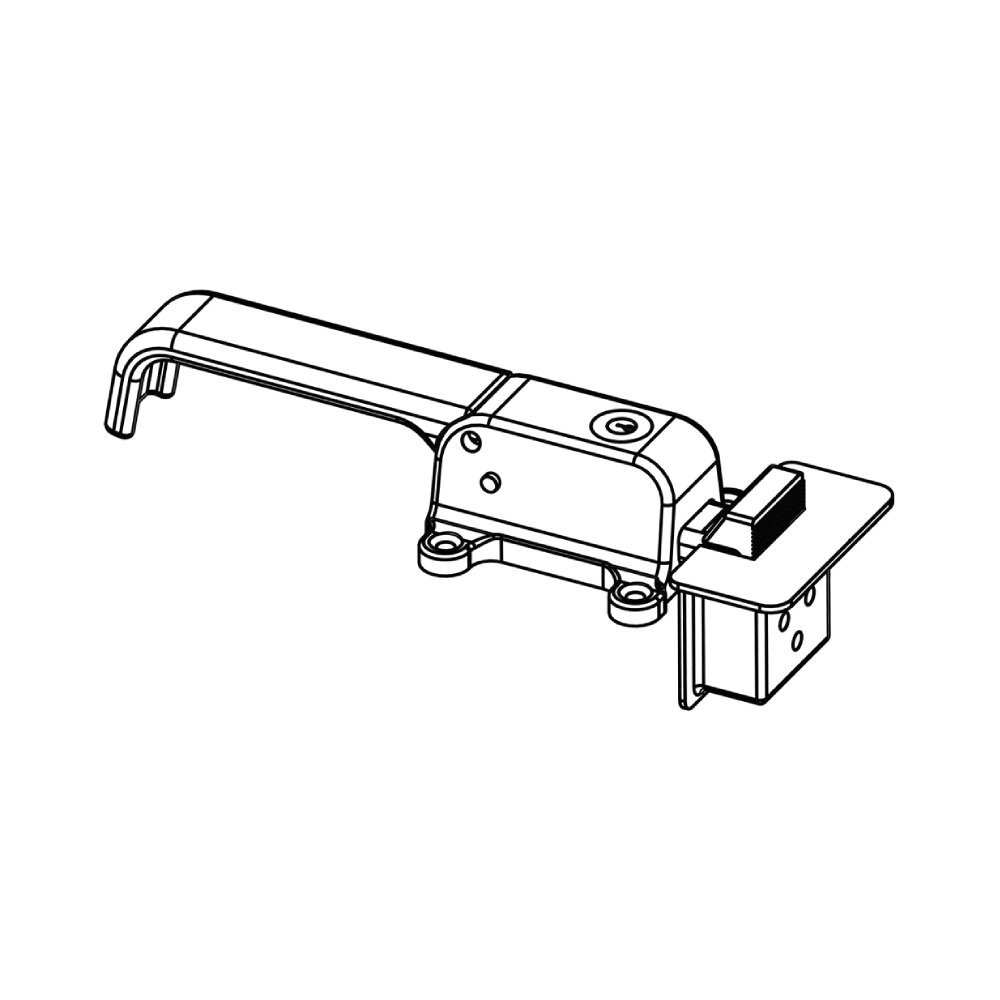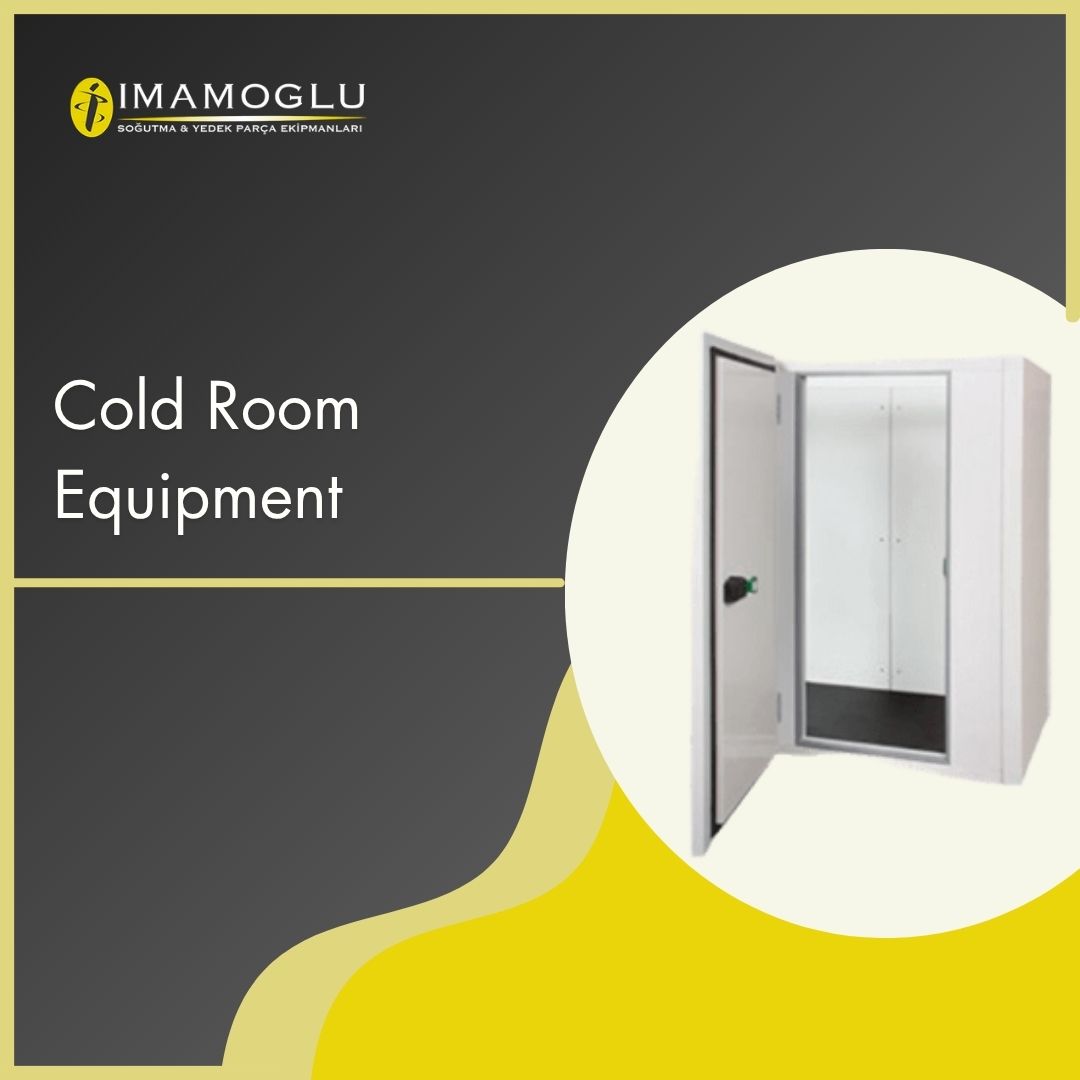Cold Room Equipment
What are Cold Room Equipment and For What Purposes Are They Used?
Cold room equipment is important systems used especially in the storage of food, medicine and other temperature-controlled products. These equipment help maintain the quality and freshness of the products for a long time by ensuring that a certain temperature and humidity level is maintained. Here are the basic components of cold room equipment and where they are used. purposes:
First among cold room equipment cooling units takes place. These units prevent products from spoiling by reducing the temperature in the room to the desired level. Coolers, available in different capacities and types, can be customized according to user needs. Moreover, cold room panels is also part of the equipment. These panels provide energy efficiency by isolating the internal temperature of the room. Good insulation reduces temperature fluctuations and helps the cooling system work more efficiently.
Besides these, isolation doors ve seals It also holds an important place among cold room equipment. These doors prevent the entry of hot air and ensure that the interior temperature remains constant. ventilation systems It enables the circulation of air in the room and enables the products to be cooled or frozen more homogeneously.
Cold room equipment is also equipped with various sensors and control panels, allowing continuous monitoring of temperature and humidity levels. These systems allow users to monitor current data and make adjustments when necessary.
In the food industry, cold room equipment is used to preserve the freshness of products such as meat, dairy products, vegetables and fruits. In the pharmaceutical industry, it plays a critical role in ensuring the effectiveness and safety of drugs. It is also important for storing special materials in laboratories.
What Features Should I Pay Attention to When Choosing Cold Room Equipment?
The features to consider when choosing cold room equipment are of great importance in ensuring both the efficiency of the equipment and its ability to meet the needs of the business. Here are the key features you should consider in this choice:
Firstly, cooling capacity should be taken into consideration. The cooling capacity of cold room equipment varies depending on the amount and type of products to be stored. A system with sufficient capacity must be selected to protect the products at the appropriate temperature. Moreover, energy efficiency is also an important factor. Energy-saving equipment both reduces operating costs and reduces environmental impact. Checking the energy efficiency classes will help you make the right choice in this regard.
Insulation qualityis another important element that determines the effectiveness of the cold room. High quality insulation panels contribute to energy saving by preventing temperature fluctuations. Moreover, temperature and humidity control systems should also be taken into consideration in the selection. These systems provide the ideal environment for the protection of products.
Material quality This is another point that should be taken into consideration. Durable and hygienic materials such as stainless steel extend the life of cold room equipment and reduce maintenance requirements. Ease of use should also be taken into consideration. User-friendly control panels and automated systems simplify daily operations.

Which Cold Room Equipment Provides Energy Efficiency?
Energy efficiency is an important criterion in choosing cold room equipment. Energy-saving equipment both reduces operating costs and reduces environmental impacts. Modern refrigeration units adjust the motor speed according to the load condition using inverter technology. This reduces costs by using less energy than traditional coolers.
Good insulation minimizes energy loss. High quality insulation panels prevent the entry of hot air and ensure that the cooling system works less. Thus, energy consumption is reduced. In addition, automatic closing mechanisms used in cold room doors help maintain the internal temperature by reducing the time the door remains open.
Energy management systems constantly monitor the temperature and humidity levels of the cold room, allowing users to access instant data. These systems contribute to more efficient operation of the equipment. Low energy consumption fans are used for ventilation systems and provide more air flow with less energy.
How Should Cold Room Equipment Be Maintained?
Maintenance of cold room equipment is vital to both increase the efficiency of the equipment and extend its life. Regular maintenance helps prevent malfunctions and saves energy. First, cooling units need to be checked periodically. Cleaning the filters and replacing them if necessary ensures the effective operation of the ventilation system.
It is also important to regularly check the condition of the insulation panels. Any cracks or damage may result in loss of energy. The condition of the door seals should also be reviewed; Worn or damaged gaskets must be replaced so that it is possible to prevent the entry of hot air.
Automatic closing mechanisms on cold room doors should be tested regularly and adjustments made as necessary. The proper functioning of these mechanisms contributes to maintaining the indoor temperature.
Besides these, it is also important to monitor the humidity level inside the cold room. Excessive moisture can negatively affect the performance of equipment and cause mold growth. Humidity levels should be kept under control and necessary precautions should be taken.
What Materials Are Cold Room Equipment Made From?
Cold room equipment is manufactured from a variety of materials to ensure durability and energy efficiency. First, cooler units are usually made of stainless steel or aluminum. While these materials attract attention with their lightness and longevity, they are also resistant to high temperature and humidity conditions.
Insulation panels are generally coated with lightweight and high thermal insulation materials such as polyurethane or polystyrene. Such materials ensure that the interior environment remains cold while minimizing energy loss. Additionally, the outer surface of these panels is often reinforced with galvanized steel or polyester coating, which both increases durability and protects from external factors.
Seals used in door and window systems are generally produced from elastomer materials such as EPDM (Ethylene Propylene Diene Monomer) rubber or silicone. These materials have high temperature and chemical resistance properties, thus helping to prevent energy loss.
Rail systems and mechanisms used in sliding doors are generally made of aluminum or stainless steel. These materials stand out with their durability as well as their lightness.
How to Determine the Prices of Cold Room Equipment?
Prices of cold room equipment are determined depending on various factors. First of all, the type and features of the equipment have a significant impact on the price. Cooling units, insulation panels, door systems and other accessories have different price ranges. For example, a high capacity refrigeration unit will be much more expensive than a smaller unit.
Additionally, the quality of the materials used is another important factor that affects the price. Quality materials such as stainless steel or polyurethane panels with high thermal insulation often come at higher prices. In addition, although products with high energy efficiency require more investment initially, they can reduce total costs by saving energy in the long run.
The manufacturer or brand also plays an important role in pricing. Well-known and reliable brands often charge higher prices, while lesser-known brands may offer products at more affordable prices. However, it is important to choose by considering factors such as quality and durability.
Is Professional Installation Required for Cold Room Equipment?
Professional installation for cold room equipment is often a recommended step. There are several reasons for this. First of all, cold room systems may contain complex structures and if not installed correctly, the efficiency of the system may decrease or the risk of failure may increase. Since professional teams have the necessary knowledge and experience, they ensure maximum performance by installing the equipment in the best possible way.
Additionally, correct installation of cold room equipment is critical for energy efficiency. An incorrectly placed cooling unit or inadequate insulation can lead to unnecessary energy consumption. Experts can detect such problems in advance and offer the right solutions.
Another important point to consider during the installation process is security. Cold room systems may contain potential hazards such as high voltage and refrigerants. Professional technicians carry out a safe installation by taking the necessary precautions to minimize these risks.
What are the Common Mistakes Made in the Use of Cold Room Equipment?
When using cold room equipment, there are many points to consider to increase efficiency and durability. However, some common errors can negatively affect the performance of the equipment. Here are some of the common mistakes made when using cold room equipment:
First, choosing inadequate insulation can seriously reduce cold room efficiency. Choosing poor quality insulation materials causes energy loss and increases operating costs. Secondly, neglecting regular maintenance of cooling units can adversely affect the performance of the system. Failure to check filters and refrigerants regularly may lead to malfunctions.
Thirdly, miscalculation of equipment capacities is a common mistake. Using equipment with more or less capacity than required may result in wasted energy and inadequate cooling. Fourth, not placing products regularly will block air flow, reducing cooling efficiency. Placing products too tightly on shelves can obstruct air flow.
What are the Warranty and Return Policies for Cold Room Equipment?
Warranty and return policies regarding cold room equipment generally depend on the terms set by the manufacturer or supplier. Overall, these policies are designed to ensure that customers can purchase their products with confidence.
The warranty period may vary from product to product, but most cold room equipment offers a warranty period of 1 to 3 years. During this period, free repairs or parts replacement are provided for malfunctions caused by manufacturing errors or poor material quality. What the warranty scope includes should be clearly stated in the contracts. Therefore, it is important to read the warranty terms carefully before purchasing.
Return policies are generally valid if the product is unused and in its original packaging. If a product is faulty or does not meet the customer's expectations, it can be returned within a certain period of time. This period usually varies between 14 and 30 days. During returns, documents such as invoices and proof of purchase may need to be presented.
Return policies may be stricter, especially for specially ordered or customized items. Therefore, when ordering products, it is important to clearly understand the return conditions and prepare the necessary documents.
What Should I Do to Improve the Performance of Cold Room Equipment?
There are a few important points to consider in order to increase the performance of cold room equipment, increase energy efficiency and maintain the quality of products. First, regular maintenance is vital. The filters and refrigerants of the cooling system should be checked and cleaned periodically. This increases the efficiency of the system and prevents malfunctions.
Secondly, attention should be paid to the quality of insulation materials. Adequate insulation reduces energy loss and ensures that the indoor temperature remains stable. Additionally, checking door seals regularly and replacing them if necessary prevents air leaks.
Thirdly, attention should be paid to the way the products are placed. Placing products regularly on shelves ensures air flow and increases cooling efficiency. Placing products too tightly prevents air circulation and reduces the cooling effect.
Fourth, leaving the cold room doors open unnecessarily should be avoided. When doors remain open, hot air comes in and cold air goes out, wasting energy. Additionally, it should be ensured that the door automatic closing mechanisms are working properly.
What are the New Technologies Regarding Cold Room Equipment?
Cold room equipment is constantly improving with the advancement of technology. In recent years, smart monitoring systems have come to the fore. These systems monitor temperature and humidity levels in real time, offering the opportunity to quickly detect anomalies. Thanks to remote access, users can control their equipment at any time and intervene when necessary.
Energy efficiency is also an important focus. New generation compressors have been developed to reduce energy consumption. These compressors, which work with variable speed control, automatically save energy according to the cooling need. Additionally, advanced insulation materials minimize energy loss. High-density polyurethane foam insulation increases efficiency by keeping the internal temperature stable.
Automatic closing mechanisms prevent the doors from being left open unnecessarily. Thanks to sensors, the doors close automatically, preserving the cold air inside. Energy management systems offer the opportunity to reduce costs by optimizing consumption. Users can monitor the energy usage of the equipment and make adjustments when necessary.
Biocidal coatings increase food safety by preventing the growth of bacteria and microbes on surfaces. Such innovations enable cold room equipment to operate more effectively and efficiently, while offering advantages such as energy saving and cost reduction. For more information imamoglu.com.tr You can visit the address.


